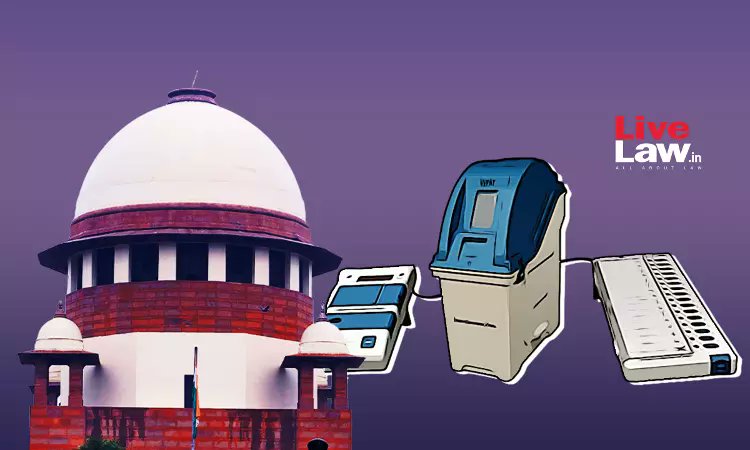Supreme Court Says Enhancing EVM-VVPAT Tally Would Increase Election Commission's Work Without Any Big Advantage
Awstika Das
3 Nov 2023 6:32 PM IST

Next Story
3 Nov 2023 6:32 PM IST
Ahead of the 2024 general elections, the Supreme Court on Friday (November 3) orally observed that enhancing scale of electronic voting machine (EVM) data cross-checking against voter-verifiable paper audit trail (VVPAT) records would increase the election commission's work without any 'big advantage'.A bench of Justices Sanjiv Khanna and SVN Bhatti was hearing a public interest litigation...
